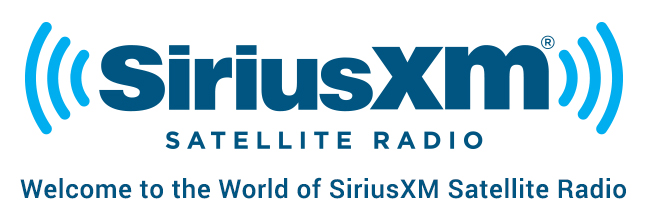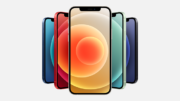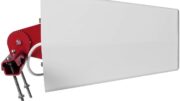See if this sounds familiar. You’re driving around enjoying Sirius XM in the car. All of a sudden you have a problem with reception. You don’t think about it, because it goes away quickly. The next day, you have a problem with reception in exactly the same spot. Over time, you realize that whenever you drive past a particular cell tower, you lose signal on your radio. How frustrating!!
If that sounds like your personal experience, you’re not alone. Over the years, many SiriusXM users have reported this same problem. Thousands, possibly millions, have the same problem but don’t report it. Those who do have figured out the problem: T-Mobile’s cell sites cause problems with Sirius XM radio. It’s a fact. It’s been reported on the internet for four years, and we’re no closer to fixing it.
Why does this happen?
T-Mobile, like most cell providers, uses a system called AWS for some of its cell traffic. You can learn a lot more about AWS here, but if you’re looking for a quick primer, read on.
AWS is a technology that lets your cell phone use one set of frequencies for broadcasting and a very different set for receiving. This makes everything much more efficient because most phones receive a lot more data than they transmit.
T-Mobile uses two frequencies for data. One frequency set is in the 1700MHz range, while the other is in the 2100MHz range. Together, they are referred to as Band 4. Sirius XM uses the range from 2332 to 2345MHz for its services. While that’s far enough from the Band 4 frequencies that there shouldn’t be interference, there is.
You see, as frequencies get higher the wavelengths get shorter. There is only about one millimeter difference between 2100MHz’s wavelength and 2345MHz’s wavelength. Because antennas do their best work when they are close to the same size as the wavelength they pick up, that’s a problem. An antenna designed for 2345MHz (like a SiriusXM antenna) is also going to do a very good job picking up 2100MHz (T-Mobile’s frequency.)
When you drive close to a T-Mobile cell site, the 2100MHz signal is so strong that it literally overpowers your radio. That’s why you get interference problems.
How can this be fixed?
There are two possible answers: First you could have better quality antennas that are more closely tuned to the frequencies they pick up. This would help somewhat but probably not a lot.
You could also build in what’s called a notch filter. A notch filter lets some frequencies through and masks others. This would specifically let the SiriusXM frequencies through and reject the other frequencies. This would probably work unless the T-Mobile frequencies were so strong that they were actually interfering with the antenna’s reception.
Can you get parts from Solid Signal to fix this problem?
At this point, no. However I’m asking you, my Solid Signal Blog community, to help us decide if we should look further into this issue. As many of you know, we not only sell parts from other manufacturers but we also design our own parts and have them made under contract. If it looks like this is a big issue we’ll investigate and hopefully come up with a low-cost solution.
What do you think? Leave a comment below if you think that we should look into it further.





